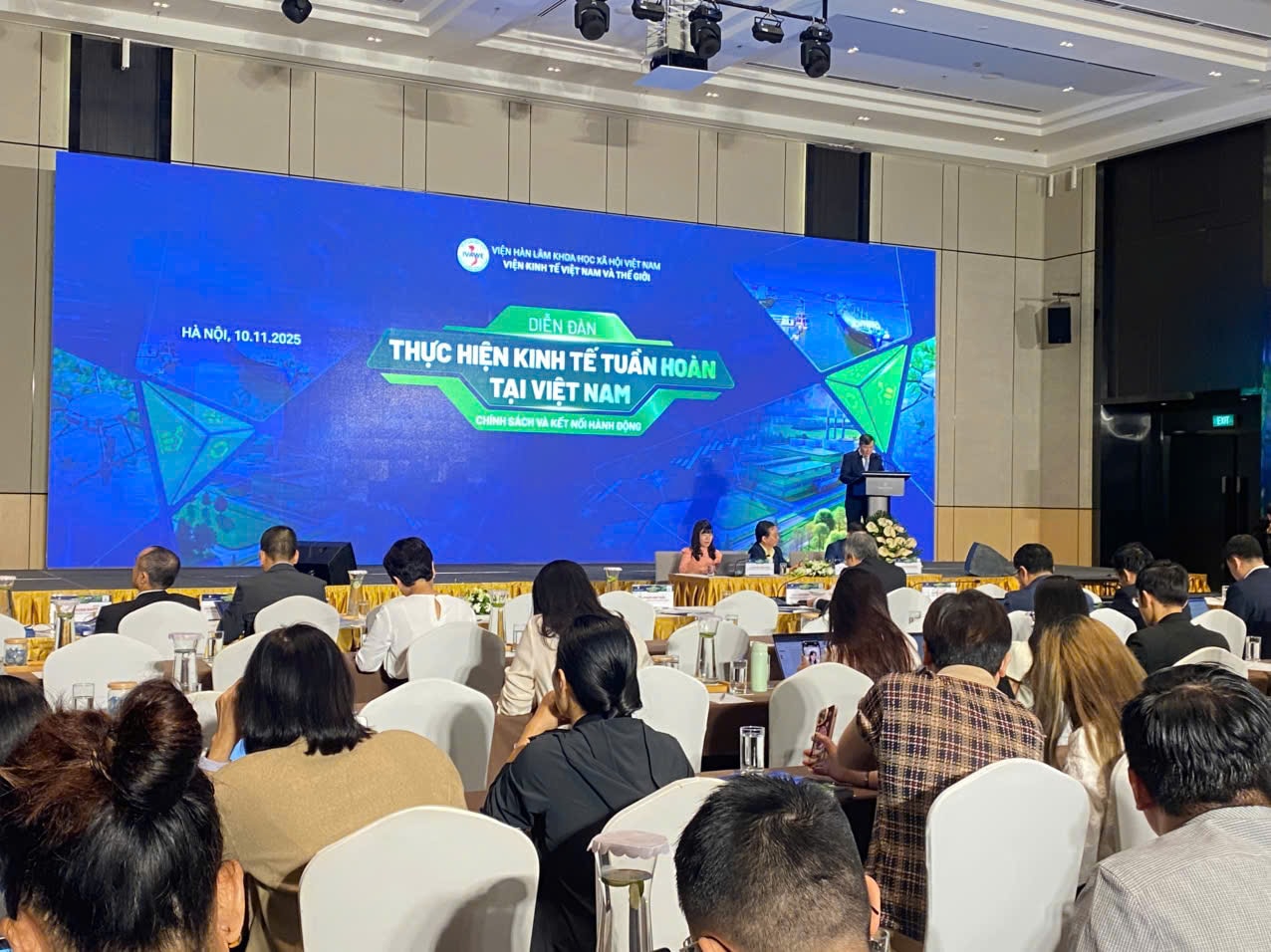
The forum was organized by the Institute of Vietnam and World Economics (under the Vietnam Academy of Social Sciences), with the participation of more than 200 delegates including experts, scientists, representatives of ministries, branches, international organizations and businesses in the fields of energy, environment and green production.
Circular economy - the pillar of green and digital transformation
In his opening speech, Prof. Dr. Le Van Loi, President of the Vietnam Academy of Social Sciences , emphasized that circular economy is not only a trend but also a new development architecture, playing a central role in the dual transformation process: digital transformation and green transformation.
According to him, this model helps reduce resource dependence, cut emissions, increase energy efficiency, and open up new markets, jobs, and sustainable value chains.
Mr. Loi said that the Prime Minister's issuance of Decision 222/QD-TTg dated January 23, 2025 approving the National Action Plan for implementing the circular economy until 2035 is a strategic step to concretize the goals of the Law on Environmental Protection 2020, the Green Growth Strategy and the National Strategy on Climate Change.
“This forum is a bridge between policy, business, knowledge and action, towards forming a comprehensive circular ecosystem in Vietnam,” said Prof. Dr. Le Van Loi.
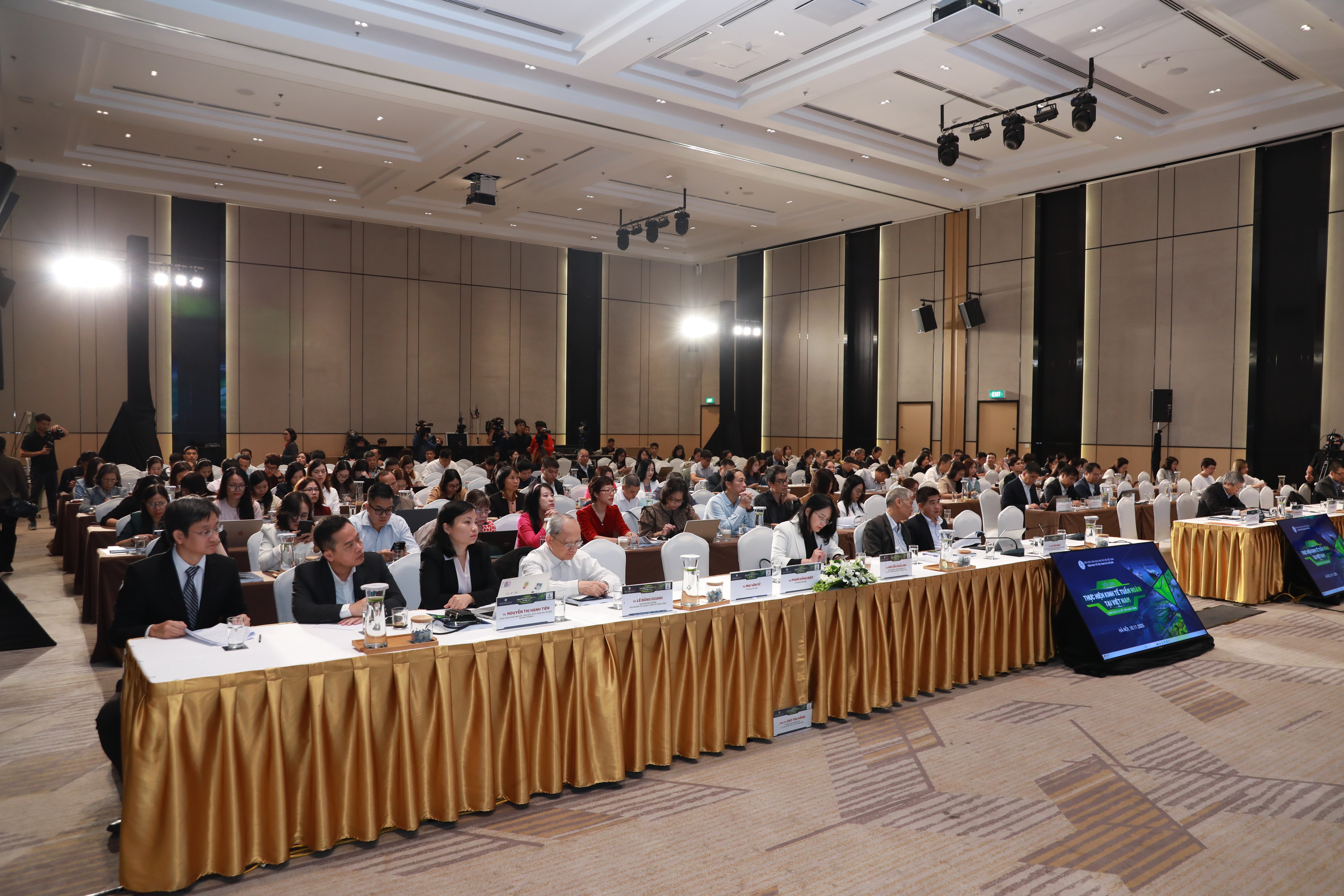
At the forum, experts focused on analyzing the roadmap for implementing the National Action Plan, emphasizing the role of Extended Producer Responsibility (EPR) in resource and waste management.
In the agricultural sector, the presentations proposed exploiting more than 150 million tons of agricultural by-products each year to form closed value cycles, combining biotechnology and indigenous knowledge, towards low-carbon agriculture and sustainable ecology.
In urban areas, many experts point out the reality that 70% of household waste is still buried, many of which are unsanitary, and nearly 300 small incinerators cause pollution.
Dr. Nguyen Thi Hanh Tien (Phenikaa University) said that Vietnam needs to require waste classification at source, invest in synchronous collection and treatment infrastructure, expand composting models in households and residential areas, develop local plastic recycling chains associated with EPR, and at the same time strengthen communication and education on environmental behavior to change community awareness.
.jpg)
Businesses are at the heart of the circular transformation
According to Dr. Bui Quang Tuan, Director of the Institute of Vietnam and World Economics, renewing the growth model is an urgent requirement, shifting from relying on resources and cheap labor to relying on science, technology and innovation.
“Promoting a circular economy is a key tool to help Vietnam achieve its goal of net zero emissions by 2050 and become an upper-middle-income country by 2030,” said Mr. Tuan.
However, according to him, businesses still face many barriers: high technology costs, an unsynchronized legal framework, limited market awareness and a lack of green financial mechanisms.
Delegates recommended the need for tax incentives, credit support, encouragement of innovation in circular business models and increased public-private cooperation, especially in the fields of agriculture, processing industry and green cities.
Experts agree that circular economy is the pillar of the green growth model, but to implement it effectively, it is necessary to closely combine institutions, technology, markets, and social behavior.
Many opinions proposed building a national circular index, forming a green innovation network and establishing a green finance and investment mechanism to support businesses in transforming their production models.
At the end of the forum, the Organizing Committee said that it would compile a report on policy recommendations on circular economic development in Vietnam, focusing on four groups of solutions: perfecting institutions, innovating technology, developing circular models by industry and region, and strengthening public-private cooperation.
The goal is to make the circular economy a driving force for green growth, sustainable development and enhanced national competitiveness.
Source: https://daibieunhandan.vn/thuc-day-kinh-te-tuan-hoan-tu-chinh-sach-den-hanh-dong-thuc-tien-10395108.html








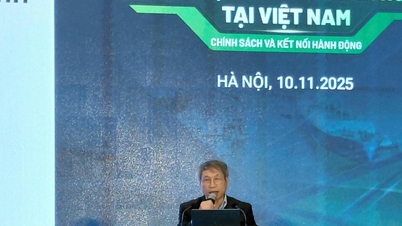



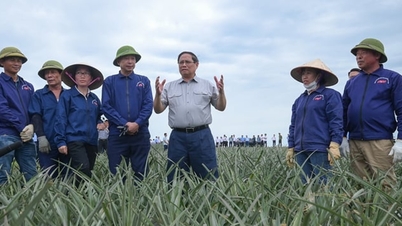


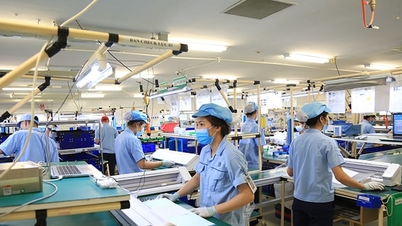

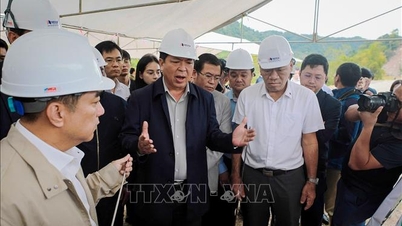

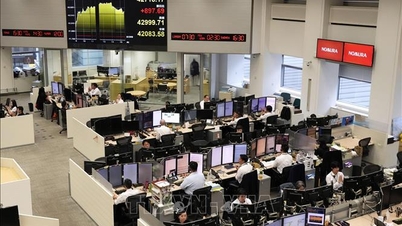




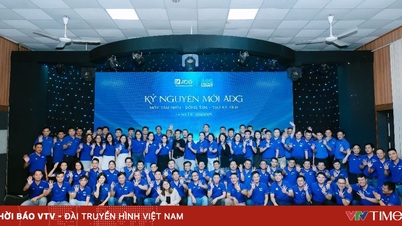









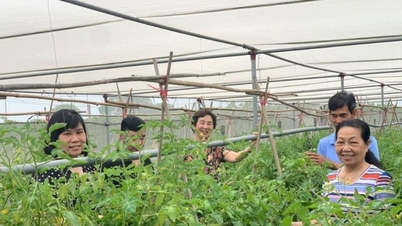








































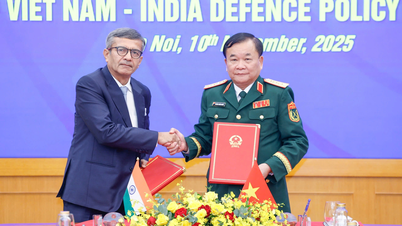














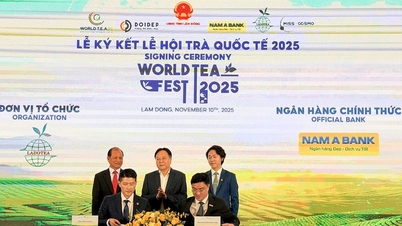



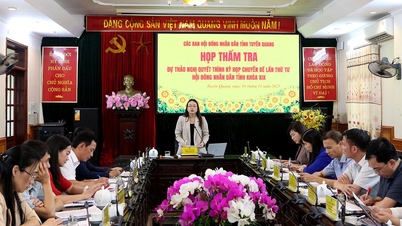

![Dong Nai OCOP transition: [Article 3] Linking tourism with OCOP product consumption](https://vphoto.vietnam.vn/thumb/402x226/vietnam/resource/IMAGE/2025/11/10/1762739199309_1324-2740-7_n-162543_981.jpeg)










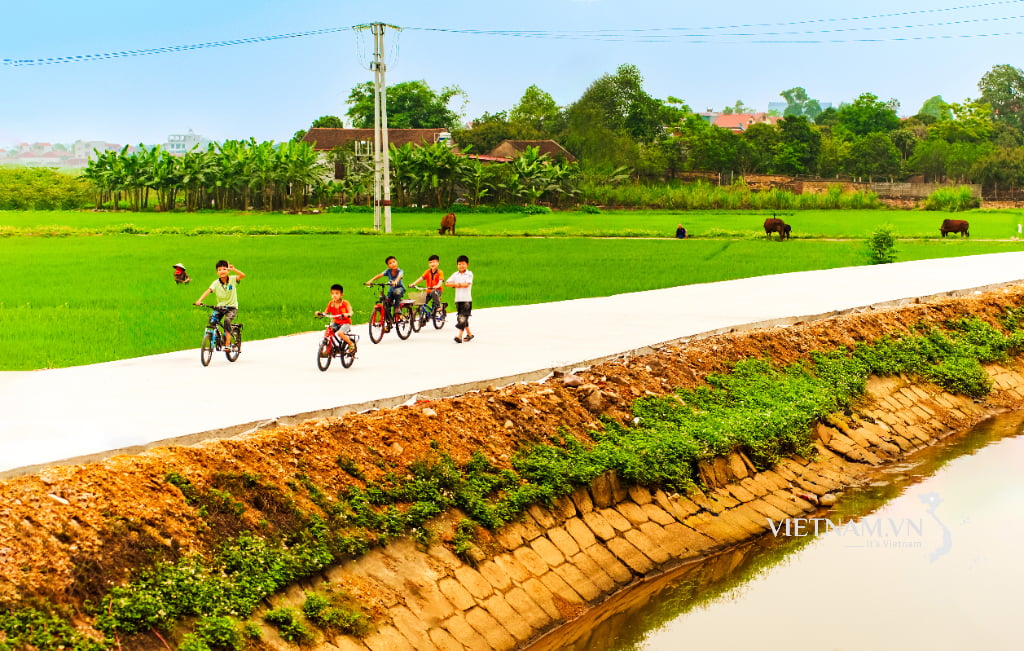


Comment (0)